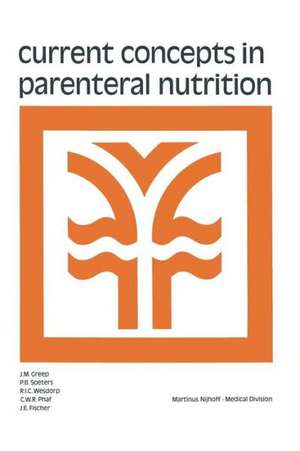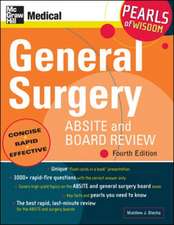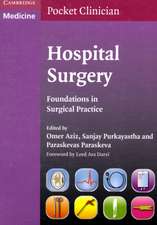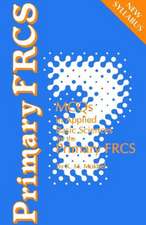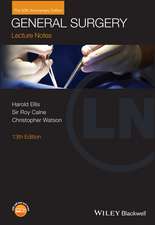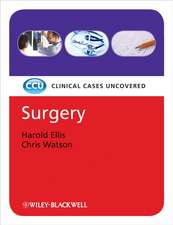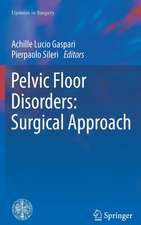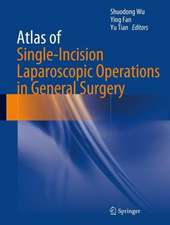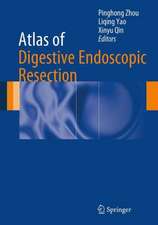Current Concepts in Parenteral Nutrition
Editat de J.M. Greepen Limba Engleză Paperback – 24 oct 2011
Preț: 372.59 lei
Preț vechi: 392.21 lei
-5% Nou
Puncte Express: 559
Preț estimativ în valută:
71.30€ • 74.17$ • 58.87£
71.30€ • 74.17$ • 58.87£
Carte tipărită la comandă
Livrare economică 15-29 aprilie
Preluare comenzi: 021 569.72.76
Specificații
ISBN-13: 9789401010726
ISBN-10: 9401010722
Pagini: 384
Ilustrații: 364 p.
Dimensiuni: 152 x 229 x 20 mm
Greutate: 0.51 kg
Ediția:Softcover reprint of the original 1st ed. 1977
Editura: SPRINGER NETHERLANDS
Colecția Springer
Locul publicării:Dordrecht, Netherlands
ISBN-10: 9401010722
Pagini: 384
Ilustrații: 364 p.
Dimensiuni: 152 x 229 x 20 mm
Greutate: 0.51 kg
Ediția:Softcover reprint of the original 1st ed. 1977
Editura: SPRINGER NETHERLANDS
Colecția Springer
Locul publicării:Dordrecht, Netherlands
Public țintă
ResearchCuprins
1 General principles of parenteral nutrition.- Applications and hazards of intravenous hyperalimentation.- Criteria for management of metabolic imbalance.- Hormonal control of substrate utilization in parenteral nutrition.- Requirements for protein and amino acids: applications to parenteral nutrition.- Parenteral nutrition of clinical patients with special regard to the biological value of amino-acid patterns.- The organization of a hyperalimentation unit.- Nursing in parenteral nutrition.- 2 Specific aspects of management.- Parenteral nutrition and gastro-intestinal fistulas.- Clinical and physiological consequences of total parenteral nutrition in the pediatric patient.- Parenteral nutrition in trauma.- Parenteral nutrition for patients with severe cardiac illness.- Parenteral nutrition in hepatic failure.- Complications of parenteral nutrition.- Parenteral nutrition in obstetrics and gynecology.- The nutritional care of the cancer patient.- The application of parenteral nutrition to renal failure patients.- Parenteral nutrition in burn patients.- 3 Supplement techniques to central parenteral nutrition.- The use of elemental diets.- Research on peripheral administration of parenteral nutrition in the post-operative period.- The rationale for using a fat emulsion (‘intralipid’) as part energy substrate during intravenous nutrition.- Lipid emulsions and technique of peripheral administration in parenteral nutrition.- Amino acid infusion after surgical injury.- Relationship of energy and protein input to nitrogen retention and substrate-hormone profile.- 4 Panel discussion.- Carbohydrate - versus fat - versus protein - calories.
